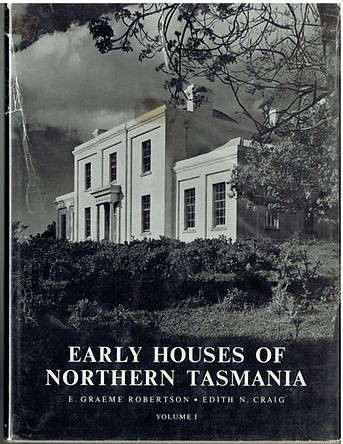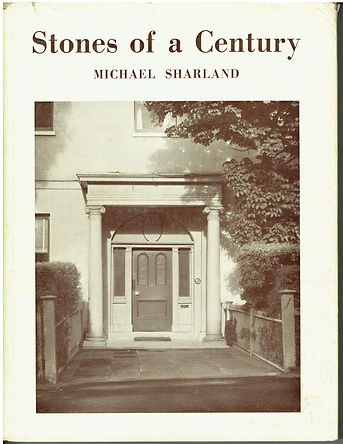Houses and architecture
In the vicinity of Perth, and on the banks of the South Esk river, some of our wealthy colonists have made most English-like homes, with deer-parks, gardens, conservatories, and other adjuncts of comfort and luxury; but as we are whisked along in the coach, all we see of them is perchance the glint of a glass-roof in the sun, a wreath of curling smoke, and a chimney-top, or a handsome carriage turning in at one of the white gates beside the road.
Louisa Anne Meredith, 1861 "Over the Straits: A Visit to Victoria", Chapman and Hall, London.
These resources are not specific to Perth, but rather, relate to architecture and houses in Tasmania. They are a valuable resources to anyone interested in dating their home or determining what original features remain.
A note on dating houses:
Trying to determine the date of a house can be challenging for several reasons.
First, building styles and aesthetics were often revived or continued. The Victorians were particularly fond of building houses in the Georgian style so a house built in the 1840s or 1850s could look almost identical to an 1820s or 1830s Georigan house.
Second, while land transactions were precisely recorded (and now available online through the LIST) they generally do not indicate what, if any, buildings were on the land at the time of the sale. This means you can figure out who owned the land and when, but not what buildings existed on the land.
Third, homes change. Just as we undertake renovations and home improvements so did all those before us. This means buildings may contain extensions or repairs and so trying to determine what was the original building can be difficult. For example, many homes in Perth were originally weatherboard (being cheaper and easier to manufacture locally than brick) but these weatherboard homes were often replaced by brick. This means an 1880s or 90s brick cottage could be sitting on the sight of an 1820s or 1830s Georgian weatherboard home.
.jpg)
.jpg)
A Far Microcosm: Building and Architecture in Van Dieman's Land and Tasmania 1803-1914 (in four volumes).
Reference: Ratcliff, E. 2015 'A Far Microcosm: Building and Architecture in Van Dieman's Land and Tasmania 1803-1914', Fullers Bookshop, Hobart.
.jpg)
.jpg)
.jpg)
Early Houses of Northern Tasmania (Volumes I and II)
Reference: Robertson, E & Craig, E. 1964 'Early Houses of Northern Tasmania Volume I and II', Georgian House Pty Ltd, Melbourne.
.jpg)
.jpg)
The National Trust in Tasmania
Reference: Harrison, J & Bolt, F. 1980 'The National Trust in Tasmania', Cassell Australia Ltd, Australia.
.jpg)
.jpg)
The Heritage of Tasmania: The Illistrated Register of the National Estate
Reference: The Australian Heritage Commission, 1983 'The Heritage of Tasmania: The Illustrated Register of the National Estate', The Macmillan Company of Australia, Melbourne.
.jpg)
.jpg)
Stones of a Century
Reference: Sharland, M. 1952 'Stones of a Century', J. Walch & Sons, Hobart.

national trust (tas)
The National Trust (Tas) is a statutory body that aims to preserve and protect places of heritage value and significance to Tasmania. There are numerous places in Perth on the National Trust register.

heritage tasmania
Heritage Tasmania, and the Heritage Council, are excellent contacts for anyone interested in finding out more information about their historic home. They also provide contact details for craftsmen and heritage builders.
